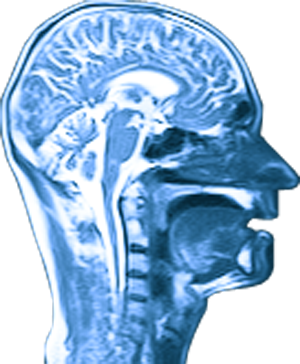Teangannan na Gàidhlig / Gaelic Tongues
Teangannan na Gàidhlig is an ultrasound tongue imaging resource revealing midsagittal tongue movement during the production of Gaelic and English words and phrases. The data for this project were collected in autumn 2018 by Claire Nance, Department of Linguistics and English language, Lancaster University. Other project members include Sam Kirkham (Lancaster) and the videos were created by Di Wang (Lancaster) with help from Eleanor Lawson (Queen Margaret University). Learn more about ultrasound imaging of the tongue.
We would like to thank BBC Alba, Radio nan Gàidheal, Comhairle nan Eilean Siar, the Bridge Centre Stornoway, and the Heb Hostel for their help in collecting these data. The project was funded by a Lancaster University Early Career Small Grant, and the ESRC Impact Acceleration Account with support from Marsaili MacLeod, University of the Highlands and Islands
The two speakers here are adults in their 30s who grew up in Gaelic-speaking homes on the Isle of Lewis. They use Gaelic professionally and as part of their daily lives. You will hear slight differences in pronunciation between the two speakers. This is because they grew up in slightly different parts of Lewis, and also due to individual variation. The English sounds are produced by the same bilingual speakers.
In Gaelic, there are three different lateral phonemes (‘l’ sounds), three different rhotic phonemes (‘r’ sounds), and three different nasal phonemes (‘n’ sounds). Each sound has a palatalised, velarised, and plain phoneme. We can show these in the International Phonetic Alphabet as follows: laterals: / l̪ʲ l̪ˠ l /, rhotics: / rʲ rˠ r /, nasals: / n̪ʲ n̪ˠ n /. In these videos you can filter by primary articulation (lateral/rhotic/nasal) and by secondary articulation (palatalised/velarised/plain). There is a lot of variation in how these sounds are realised, in particular in the Gaelic rhotics, where you will hear taps, trills, approximants and fricatives. You will also notice that the Gaelic vowel quality is significantly affected by secondary articulations (palatalisation/velarisation/plain).
